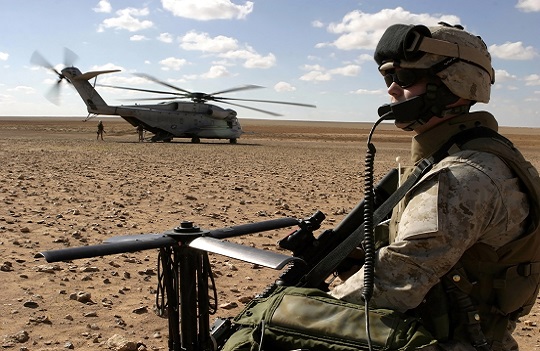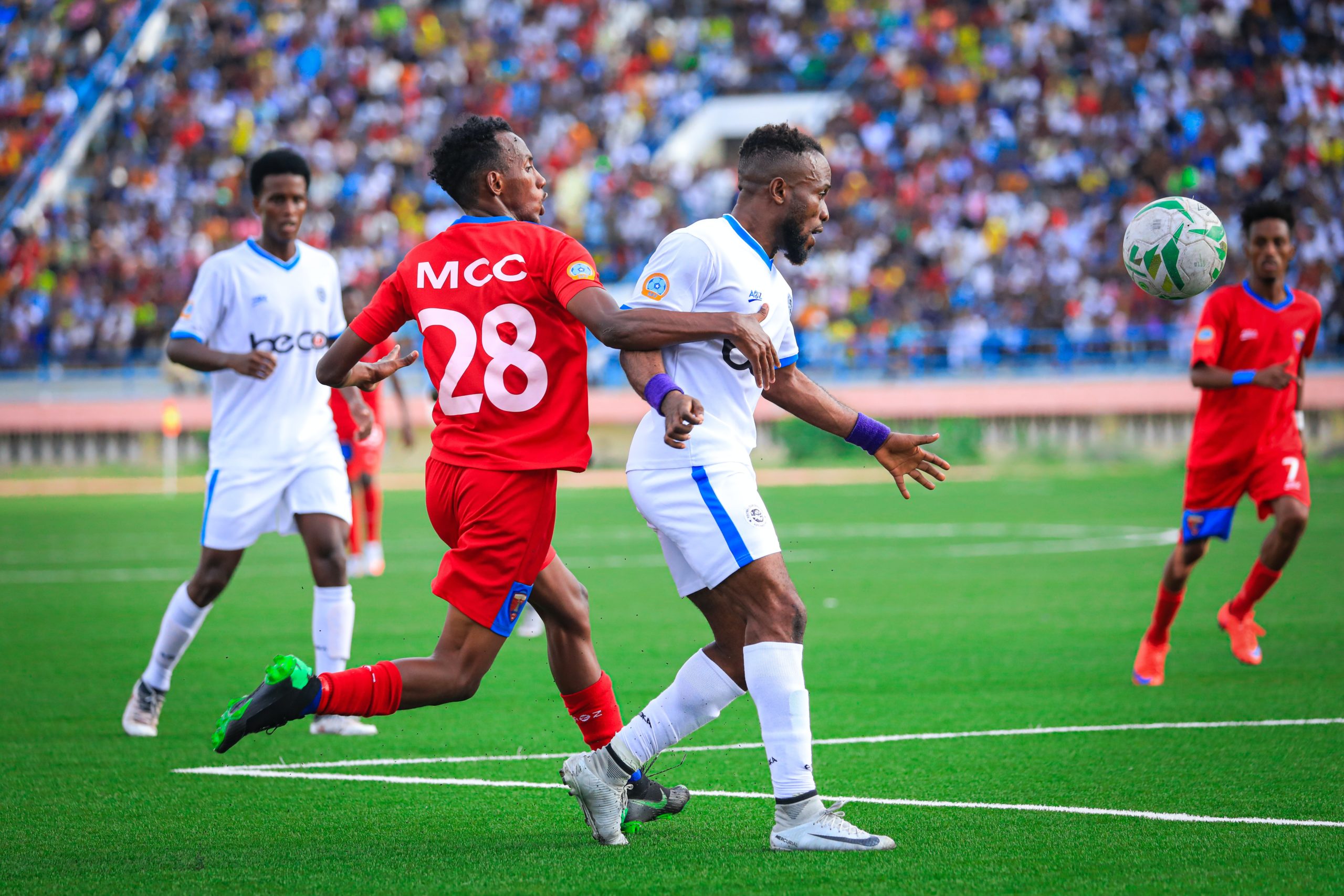

We have seen an increase in discussions on how the heat will impact the athletes and organisers at the football world cup. A lot are dedicated to how athletes should be taking time to acclimate themselves to the hotter conditions as well as cooling methods.
Studies1 show the value of using technology to monitor their physiological parameters for optimal acclimitisation and the importance of curbing the impact of the heat on their bodies so that they can remain safe and ready to compete.
There are a number of well-documented steps on how to cool down including hydration, scheduling training at cooler times of the day or having more breaks during a training session. Ideally, physiological indicators should be used as part of the acclimitisation process to identify the chances of heat strain well before there is a need to take urgent and drastic action to cool down.

Measuring key physiological parameters to combat heat strain
Heat and temperature measurements should be a top priority especially if competing in hot and humid conditions. Accurate body temperature measurements that are continuously tracked, will help to identify when an athlete is too hot and should cool down. Monitoring an individual’s core temperature, directly or indirectly, in combination with key physiological exertion parameters, that can be tailored to each athlete in a team activity for example can help to identify rest periods. This also gives coaches and management teams a clear indication of the physiological condition of each athlete and they can take action to assist them if need be.
Increased heart and breathing rates go hand in hand with athletic training. Physiological measures like this though can offer insight into how the body is coping with increased temperatures. Higher-than-usual readings could mean that there is a cause for concern and they need to be assessed in more detail.
Wearable technology that can measure multiple parameters, that is usable outside of lab conditions and does not encumber the wearer will go a long way to help athletes prepare for the summer ahead.
Get in touch today to find out how we can help.